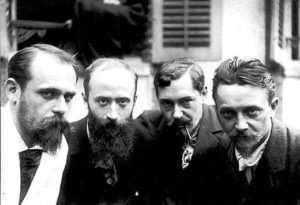
1867 - 1944
Ker-Xavier Roussel

description
A French symbolist painter, original graphic artist and decorator, a representative of the creative group Nabis (from Hebrew “chosen”, “prophets”; this name was offered by poet Henri Cazalis). Being a contemporary of many great talents and even geniuses of painting and graphics, Roussel managed to create and preserve his own style throughout his long creative life and create his own separate artistic world with large series of paintings devoted to one subject, in particular, to the ancient.
Key ideas:
– Representing one of the main art movements of the late 19th – early 20th centuries along with Impressionists, Nabis whom Ker-Xavier Roussel joined were not a homogeneous group.
– The works of Roussel, as well as the works of his comrades in the community, such as P. Seruzier and M. Denis, are characterized by religious and mystical moods and attention to antiquity, to the mythology of various peoples.
– At the same time, Roussel’s work, although it is characterized by decorative generalization of forms, basically does not have clear contours. The primacy of the color nature, characterizing Nabis, does not turn into glaring colors and spectacular contrasts in Russel’s works.
– The distinguishing feature of Ker-Xavier, who just like his comrades was interested in plane styling, is a relaxed musicality of rhythms. He uses the techniques of primitive painting less than others and uses the technique of Japanese engraving only in lithographs.
– All these deviations from the canons worked out by the group underline Roussel’s bright personality: he managed to combine the discoveries of Impressionists and Post-Impressionists with the style of painting that is close to academic.
1867
1887
1888 - 1890
1889 - 1891
1893
1899
1906
1908
1911 - 1915
1926
1938
1944
The birth of the artist
Began to study at the art workshop
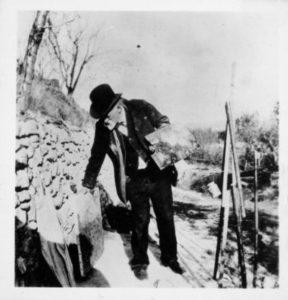
Continued his studies at the Paris School of Fine Arts
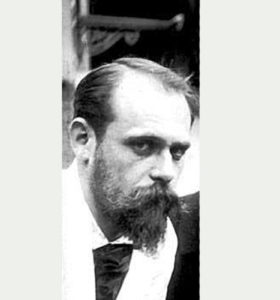
Joined the Nabis art group
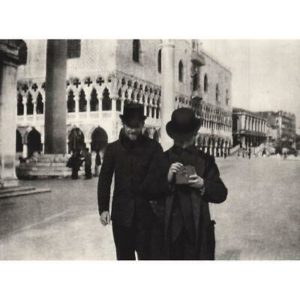
Married Marie Vuillard
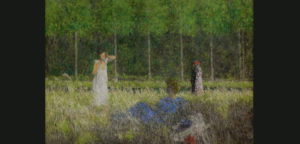
The family moved to L'Étang-la-Ville
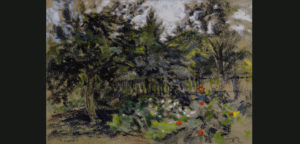
Went to the Mediterranean Sea
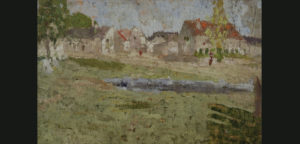
Became a professor at the newly opened Academy Ranson
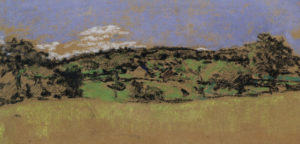
Created scenery for the Theater des Champs Elysées
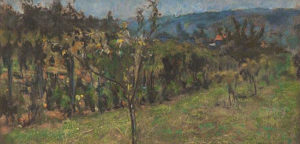
He was awarded the prestigious Carnegie Prize
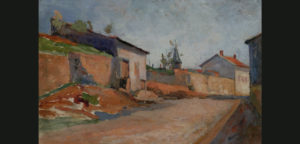
Worked in Geneva on the design of the Palace of the League of Nations

The death
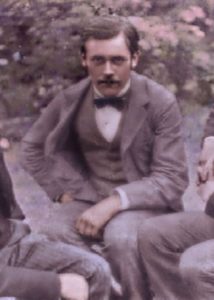
Ker-Xavier Roussel
On Artist
flow
Synthetism
Symbolism
Impressionism
friends
Pierre Bonnard
Paul Serusier
Maurice Denis
Edouard Vuillard
artists
Paul Gauguin
Louis Anketen
Puvi de Chavannes
By Artist
flow
Modern
Cubism
friends
Edouard Vuillard
Aristide Mayol
Felix Vallotton
artists
Jacques Lipschitz
Roger de la Frenet
Alexandra Vasilievna Schekotikhina-Pototskaya
